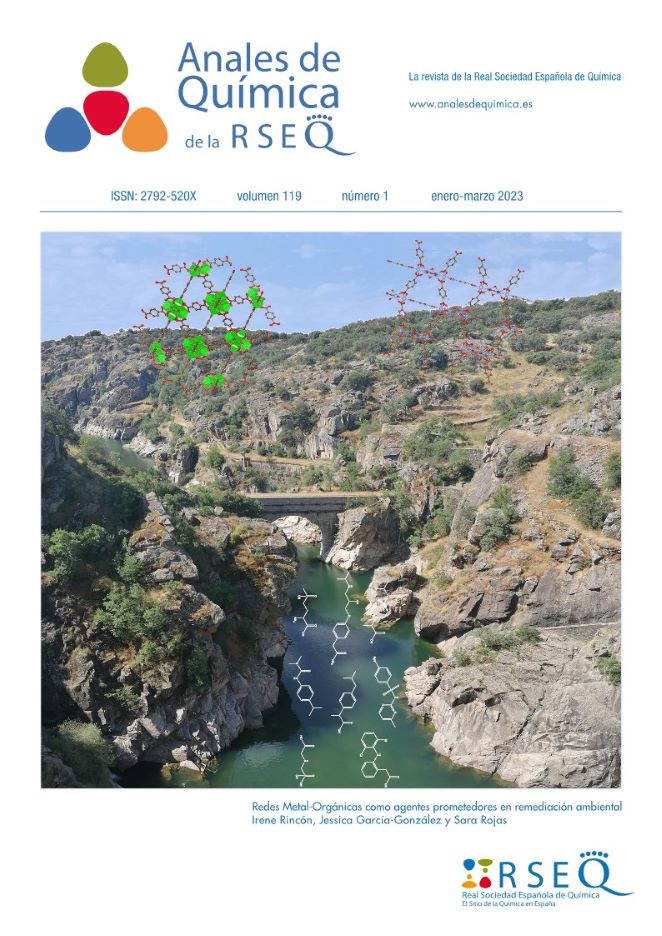Resumen
Comentamos aspectos relativos a la Química del tiempo mexica-hispánico (1519-1535), del virreinato (1535-1821), y de México inicial (1821-1850). La Química floreció simultáneamente en las instituciones interrelacionadas Real Jardín Botánico y Real Seminario de Minería, fundadas en la capital virreinal en 1788 y 1792, respectivamente; Alexander von Humboltd difundió tal florecimiento en el siglo xix . En los inicios de México, la historia del descubrimiento del eritronio, actual vanadio (vanadium, V) por el hispano-mexicano Andrés Manuel del Río y Fernández continuó, se construyeron ferrerías y hubo cátedra de Química en la Escuela de Medicina (1845) en las carreras de Medicina-Cirugía y Farmacia.

Esta obra está bajo una licencia internacional Creative Commons Atribución-NoComercial-CompartirIgual 4.0.
Derechos de autor 2023 JOSÉ PASTOR VILLEGAS, JESÚS FRANCISCO PASTOR VALLE

